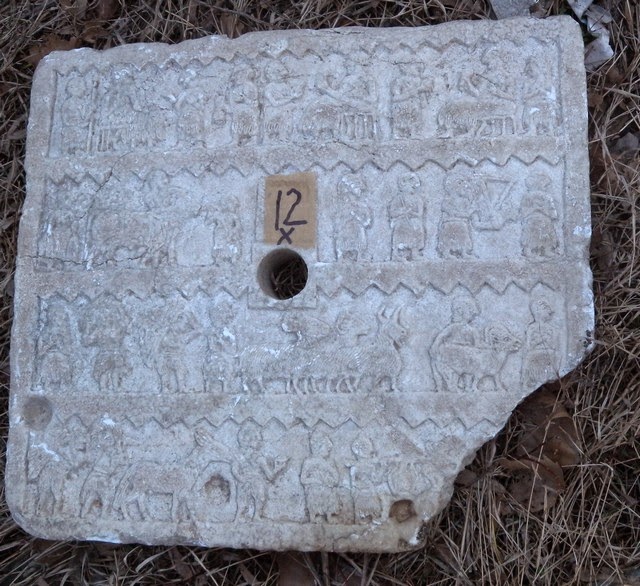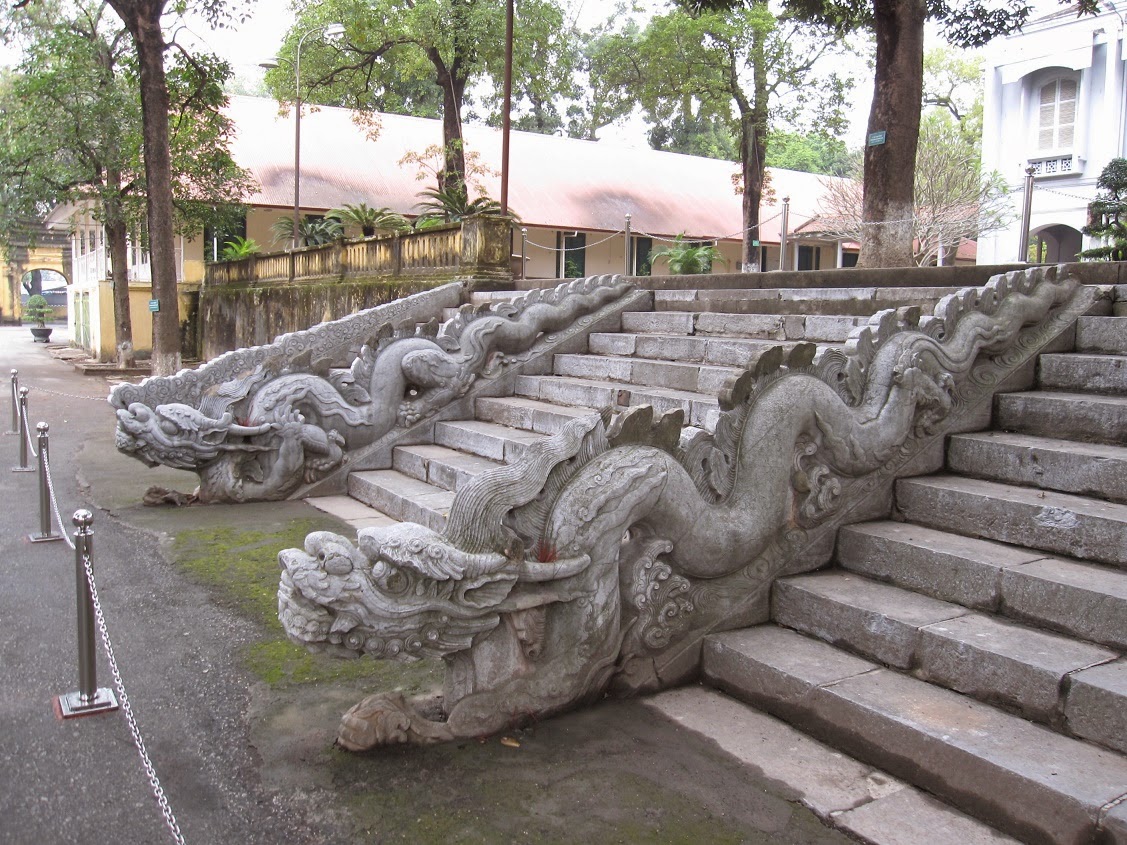
The footage, shot by German traveler Dr. Lothar Carlowitz, show the Nemrut ruins and excavations at the ancient city of Arsemia in the eastern province of Adıyaman. It is seen in the footage when the sculpture of Antiochus was discovered underground for the first time. The sculpture was cleaned and covered with a piece of cloth.
After the footage was publicly seen, Archaeology and Arts magazine editor Nezih Başgelen said he had used the sculpted head in a book that he had prepared. The footage shows the airfoil of a Turkish Airlines plane. The plane was included in the fleet on Nov. 18, 1946, and was out of the fleet by 1966, implying that the footage was shot sometime before 1966.
German professor Karl Dörner was the first one who went to Arsemia, where the sculpture was found, in 1953, and the footage shows his excavations, so it is definite that the footage dates back to between 1953 and 1966. He worked there until 1986 and released a book about these excavations in 1987, but the head is not mentioned in his book.
File of the sculpture lost in the museum
Under the light of this information, we followed the traces of the sculpture to the Gaziantep Zeugma Museum. Museum officials told us they did not know how the sculpture had come to the museum and it was first registered in their inventory in 1995. The file on the sculpture was lost and could not be found in the museum archive.
Former directors of the museum said the sculpture’s head was seized in 1980s in the Gaziantep airport while being smuggled abroad by a German citizen and delivered to the museum by the police. But no one knows about this German citizen or the court process because the file is lost.
Now there are many questions to be answered: Where had this sculpture been kept for all these years? Who was this German in the Gaziantep airport? Was he in relations with the excavation team? Was it just a coincidence that German professor Dörner left Turkey after the sculpture was found? Was it normal that he did not mention such a significant piece of artwork in his book? Who destroyed or lost the file in the museum? Is there any connection between Carlowitz, who shot the footage, and those who seized the sculpture?
Author: Ömer Erbil | Source: Hurriyet Daily News [March 04, 2015]





































